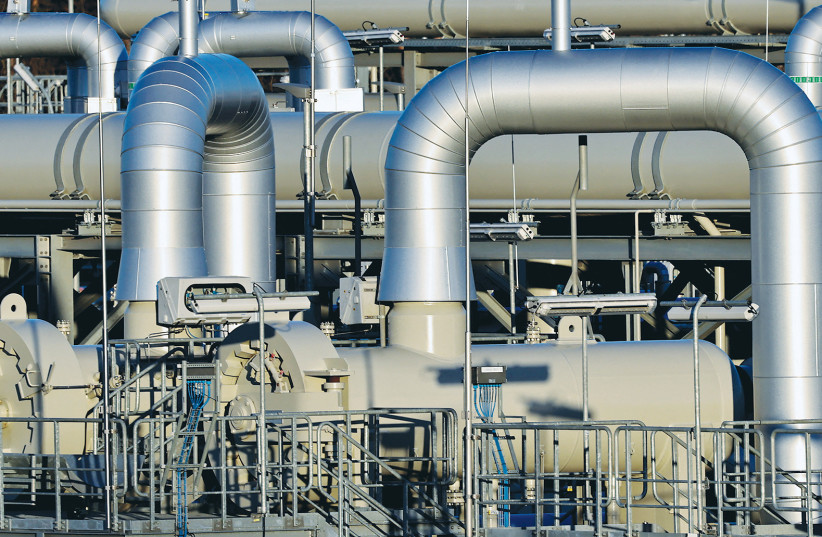Iran continues to push forward various infrastructure projects. The goal of these projects is to make the country more self-sufficient and also help it orient its economy toward Russia, China and also toward India and other states.
Iran wants to increase the length and number of railways and pipelines it has. Mostly this is related to a north-south route of economic corridors but also to link Iran up with other countries in the region. This trade route is called the International North–South Transport Corridor (INSTC).
Iran says a recent study shows that it is one of the leading countries in terms of oil pipeline construction. It claims that along with India and Niger, it is succeeding to put together impressive pipeline projects. The article did not specify where all these pipelines are being built or if the statistics are merely for a recent period in which Iran is temporarily constructing more than others.
The article, reprinted in several Iranian pro-government media, said “The 2023 annual survey of data in the Global Oil Infrastructure Tracker shows that these regions together are building 4,400 kilometers (km) of crude oil transmission pipelines at an estimated capital expenditure of $14.4 billion. An additional 10,800 km are proposed in these regions at an estimated cost of $59.8 billion. Globally, there are 9,100 km of oil transmission pipelines under construction and an additional 21,900 km of proposed pipelines. These pipelines in development are estimated to cost $131.9 billion in capital expenditure.”
What are Iran's other railway projects?
Another article in Iran’s Tasnim News focuses on the development of a railway from Rasht in northern Iran. This article notes that the Russians are participating in this project. This is also linked to Iran’s North-South corridor project.

A recent article at Mehr News elaborated on this project as well, describing the “Rasht-Caspian Railway Project in Gilan Province will be inaugurated in the next two months, Kheirollah Khademi, Iran Deputy Minister and CEO of the Construction and Development of Transportation Infrastructures Company said during an inspection visit, according to a report by the ministry's news service.”
This article notes that “upon completion of this rail project which is part of the International North-South Transport Corridor (INSTC), the Persian Gulf will be connected to the Caspian Sea by rail. This 37-kilometer railway line passes through paddy fields and muddy tracks, which made construction operations difficult. The next transport project that is going to be inaugurated afterward is Manjil-Rudbar Freeway.”
According to the article at Tasnim, “Iranian Minister of Roads and Urban Development Mehrdad Bazrpash on Tuesday announced the signing of a contract with Russia for completing the construction of Rasht-Astara Railway on the sidelines of the 14th International Conference on Coasts, Ports and Marine Structures (ICOPMAS).”
This will constitute a railway heading into Azerbaijan. This is supposed to be one of the final links on the International North–South Transport Corridor (INSTC) which is thousands of kilometers long and consists of rail, shipping and other routes. Ostensibly this will connect a corridor via Azerbaijan that also extends south to the Persian Gulf.
